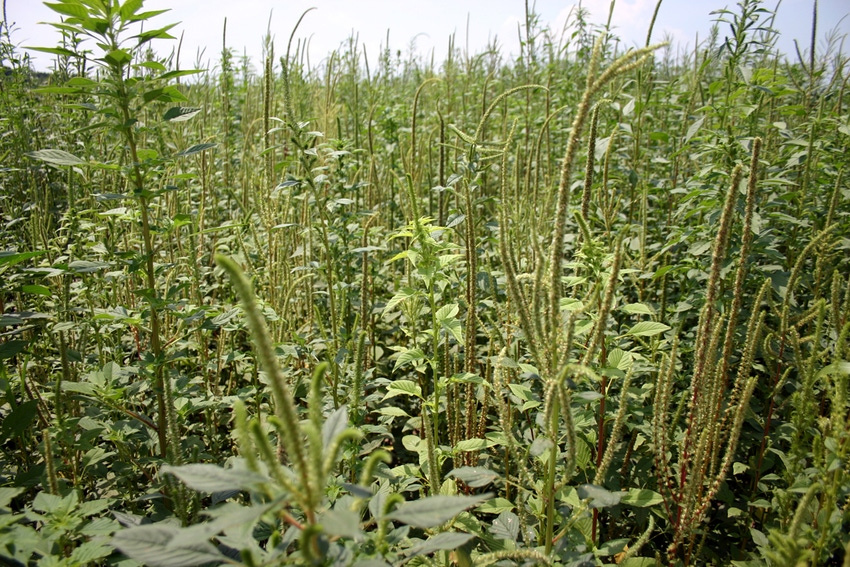
Communication is essential between weed scientists and farmers.Scientists frequently use excessive jargon and data and may come across as not appreciating farmer's needs.To successfully communicate the best methods of weed control, scientists need a better understanding of farmers’ awareness and perceptions of agricultural risk.In the search for teachable moments that connect educator and audience, mental models research can help.
November 2, 2010

Communication is essential to any relationship — including that between weed scientists and farmers.
Farmers most often learn by doing and through farmer-to-farmer networks. Scientists, on the other hand, frequently use excessive jargon and data and may come across as not appreciating farmer's needs.
To successfully communicate the best methods of weed control, scientists need a better understanding of farmers’ awareness and perceptions of agricultural risk.
The authors of Investigating the Human Dimension of Weed Management: New Tools of the Trade in the October-December issue of the journal Weed Science report on their investigation of the human dimension of weed management. The actions farmers take to control weeds and why they make these decisions are key components to weed management that scientists often ignore.
Scientists see farmers as taking a reactive role to weed control, waiting too long to act, and relying heavily on herbicides. With a program of “integrated weed management,” scientists seek to provide farmers with a systematic approach. The goal is to reduce reliance on herbicides, which have undesirable side effects including herbicide-resistant biotypes, and move to preventive methods. Such innovations, which focus on information rather than new equipment, are difficult to communicate.
Extension programs are commonly used to educate farmers and others about weed management techniques. However, most researchers and Extension educators have no training in the psychology of how people make decisions. To bring about a change in behavior, a message must be valuable to the recipient. For example, different approaches are needed for organic farmers compared to conventional farmers.
In the search for teachable moments that connect educator and audience, mental models research can help. According to the authors, “A mental model is a web of beliefs that affects how one defines a problem, gathers and processes information, assesses risks and benefits, and makes decisions.”
This research provides in-depth knowledge about the complex thinking of a small sample of individuals. The current study used structured open-ended interviews with 16 scientists and 44 farmers to gain insight into differences between expert and audience thinking.
Just as people discount global warming based on last year’s cold winter, farmers may not perceive the risks of herbicides as scientists do. By understanding how others form their views, scientists can develop effective outreach. As the authors note, “Our science is about more than biology and ecological interactions and has a compelling human dimension.”
Full text of the article from Weed Science, Volume 58, Issue 4, October-December 2010, is available at Investigating the Human Dimension of Weed Management: New Tools of the Trade.
About Weed Science: Weed Science is a journal of the Weed Science Society of America, a non-profit professional society that promotes research, education, and extension outreach activities related to weeds; provides science-based information to the public and policy makers; and fosters awareness of weeds and their impacts on managed and natural ecosystems.
You May Also Like



